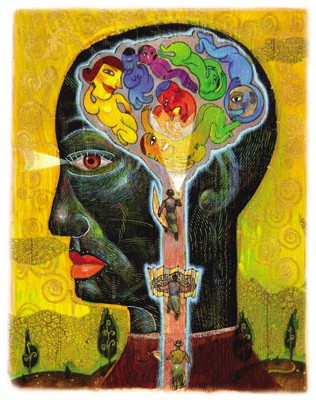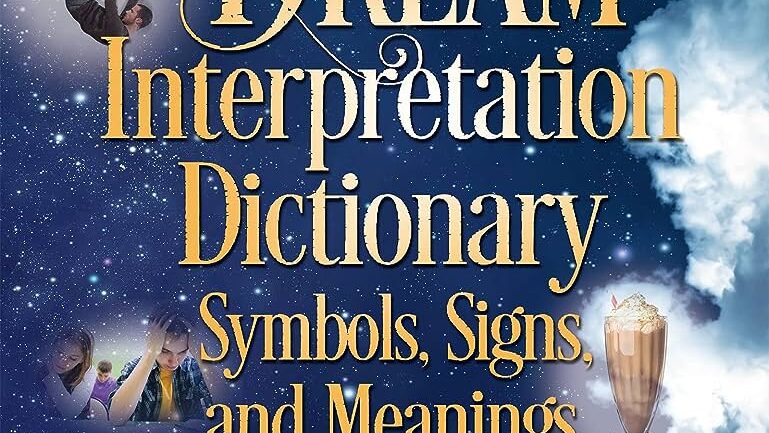Welcome to a journey of self-discovery and boundless creativity through the realm of dreams. In this article, we’ll explore how the practice of dream journaling can be a transformative tool for unlocking your creative potential.
The Power of Dreams in Creative Exploration
Dreams have woven their way through human history, from ancient civilizations drawing inspiration from their visions to modern artists interpreting the symbolism of their dreams. Dreams offer a direct pathway to our subconscious, a wellspring of creativity that can guide our artistic endeavors.
Understanding Dream Journaling
Dream journaling involves recording your dreams in a dedicated journal. Beyond being a mere documentation, dream journaling is a practice that opens doors to insights, emotions, and hidden desires. It serves as a bridge between the conscious and subconscious mind, fostering self-awareness and creative inspiration.
Initiating Your Dream Journaling Journey
Equip yourself with a journal that resonates with you and writing materials that evoke comfort. Cultivate an environment conducive to restful sleep, promoting vivid dream recall. As you retire for the night, set intentions for your dreams, directing your mind towards specific themes or experiences.
Mastering the Art of Dream Recall
Enhance dream recall by keeping your journal within arm’s reach, waking up gently without abrupt alarms, focusing on the emotions you experienced in the dream, and noting down sensory details. Capture your dreams immediately upon waking, as their details can swiftly fade with the morning light.
Navigating the Landscape of Dream Interpretation
Dreams are deeply personal and often carry symbolic meanings unique to each individual. Embrace your subjective interpretation while considering cultural and psychological influences. As Carl Jung said, “Your vision will become clear only when you look into your heart.”
Unleashing Creativity through Dream Journaling
Your dreams are a treasury of imagery and narratives waiting to be explored. Creative projects can spring from the depths of your dreams, whether it’s a story, a painting, a musical composition, or even a business idea. Salvador Dali famously tapped into his dreams for inspiration, creating surreal masterpieces.
Overcoming Blocks and Resistance
Embarking on dream journaling might evoke resistance due to vulnerability or skepticism. Embrace the discomfort, for it’s often a sign of growth. Utilize dream insights to break through creative blocks. If disturbing dreams surface, approach them as opportunities to confront and transmute inner conflicts.
Elevating Your Creative Process
Integrate dream journaling into your creative routine. Recognize recurring dream themes; they may unveil latent creative desires. As you immerse in the dream world, cultivate mindfulness and self-awareness that ripple into your waking creative endeavors.
Sharing and Collaborating with Dream Journals
Build a supportive community of dream enthusiasts for sharing experiences and insights. Collective dream themes can spark collaborative creative projects, transcending individual boundaries. Hosting dream-sharing sessions fosters a vibrant exchange of ideas and artistic expressions.
Ethical Considerations in Dream Content
While sharing dreams can be enlightening, respect the privacy of individuals who appear in your dreams. Be conscious of cultural sensitivities and biases that might arise in creative interpretations. Use dream-derived content responsibly, ensuring it respects the sanctity of the dreamer’s experience.
FAQs on Dream Journaling and Creativity
- What if I can’t remember my dreams consistently?
Dream recall takes practice. Implement techniques like keeping your journal nearby and cultivating a calm waking routine to enhance your ability to remember dreams. - Can nightmares also be a source of creative inspiration?
Absolutely. Nightmares often contain intense emotions and symbolic elements that can fuel unique creative expressions and cathartic releases. - How do I differentiate between random dream elements and meaningful symbols?
Focus on emotions and recurring themes. Symbols that evoke strong emotions or appear repeatedly across dreams tend to hold more significance. - Is it possible to train oneself to dream about specific topics?
While not guaranteed, setting intentions before sleep and immersing yourself in a particular topic during waking hours may influence dream content. - Can non-artists also benefit from dream journaling for creativity?
Absolutely. The practice transcends artistic domains, aiding in problem-solving, personal growth, and innovative thinking.
Conclusion
Your dreams are a canvas of untapped potential. By embracing dream journaling, you embark on a transformative journey of self-exploration and creative enrichment. Unearth the gems within your dreams, and let them guide you towards a richer and more click to investigate inspired creative life.

Welcome to my website! My name is Patrick Petherick, and I am a professional Emotional Dream Coach. I am passionate about helping individuals understand the profound symbolism and meaning behind their dreams, and guiding them towards emotional healing and personal growth. Check it





